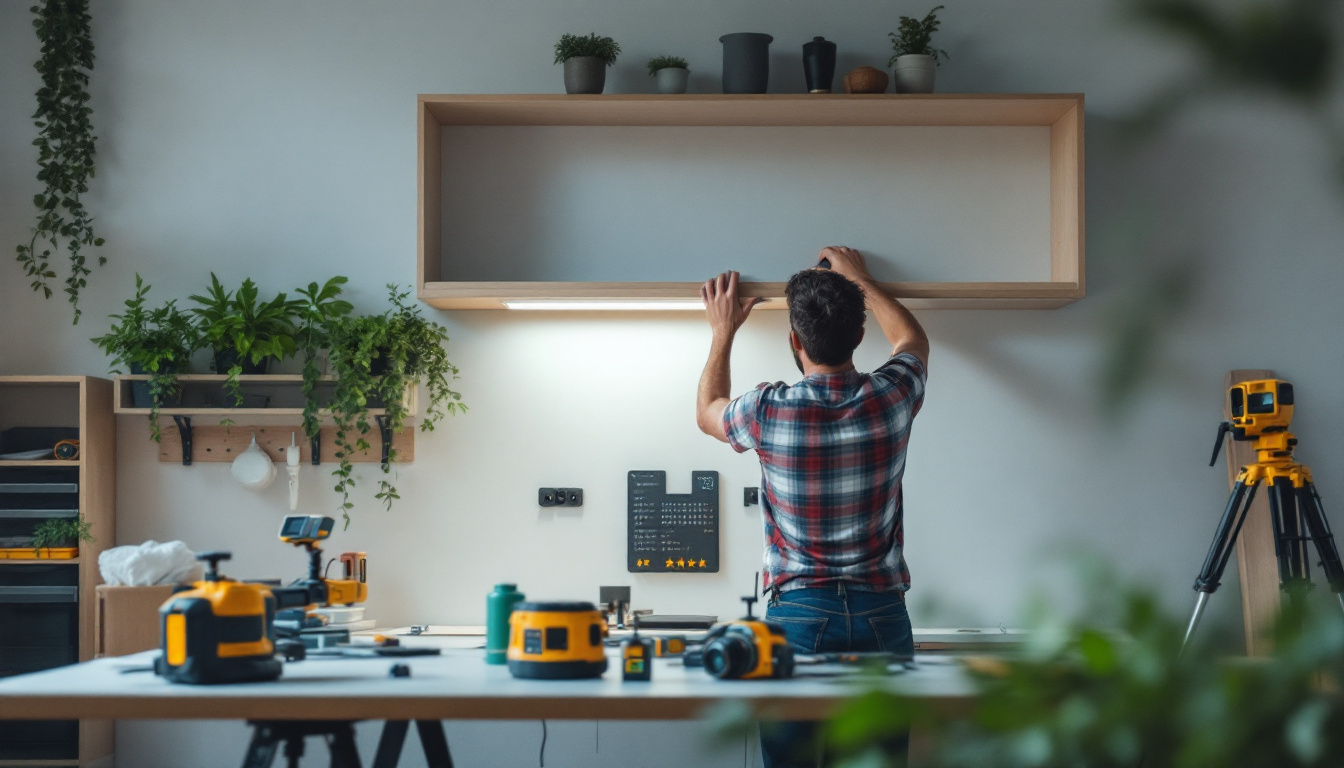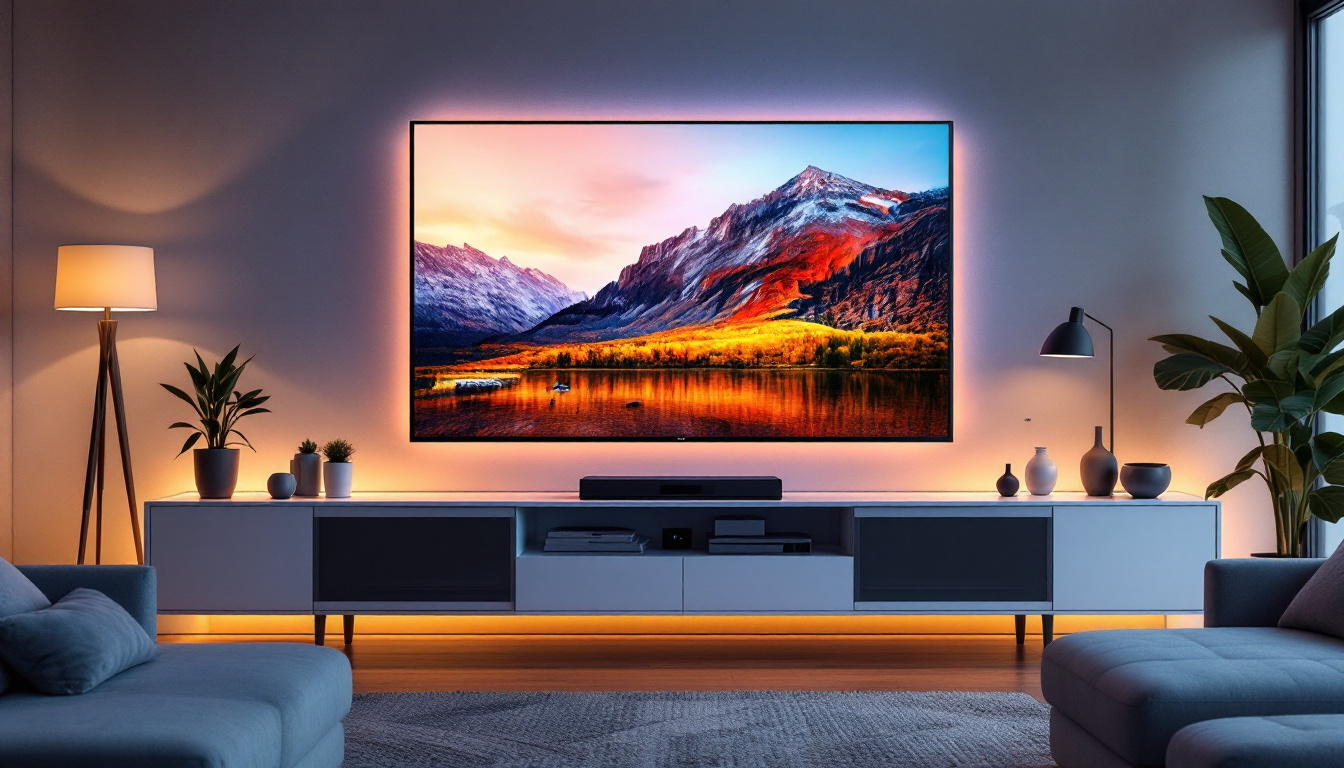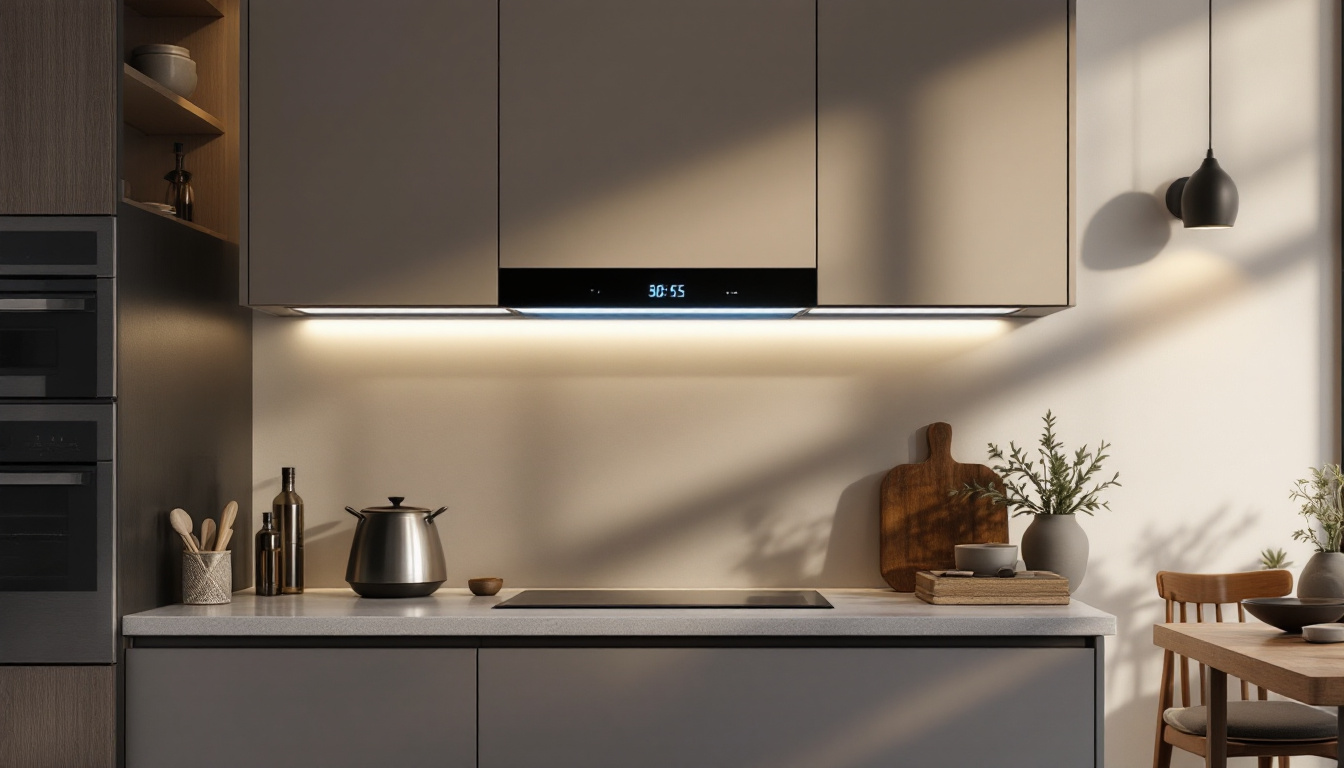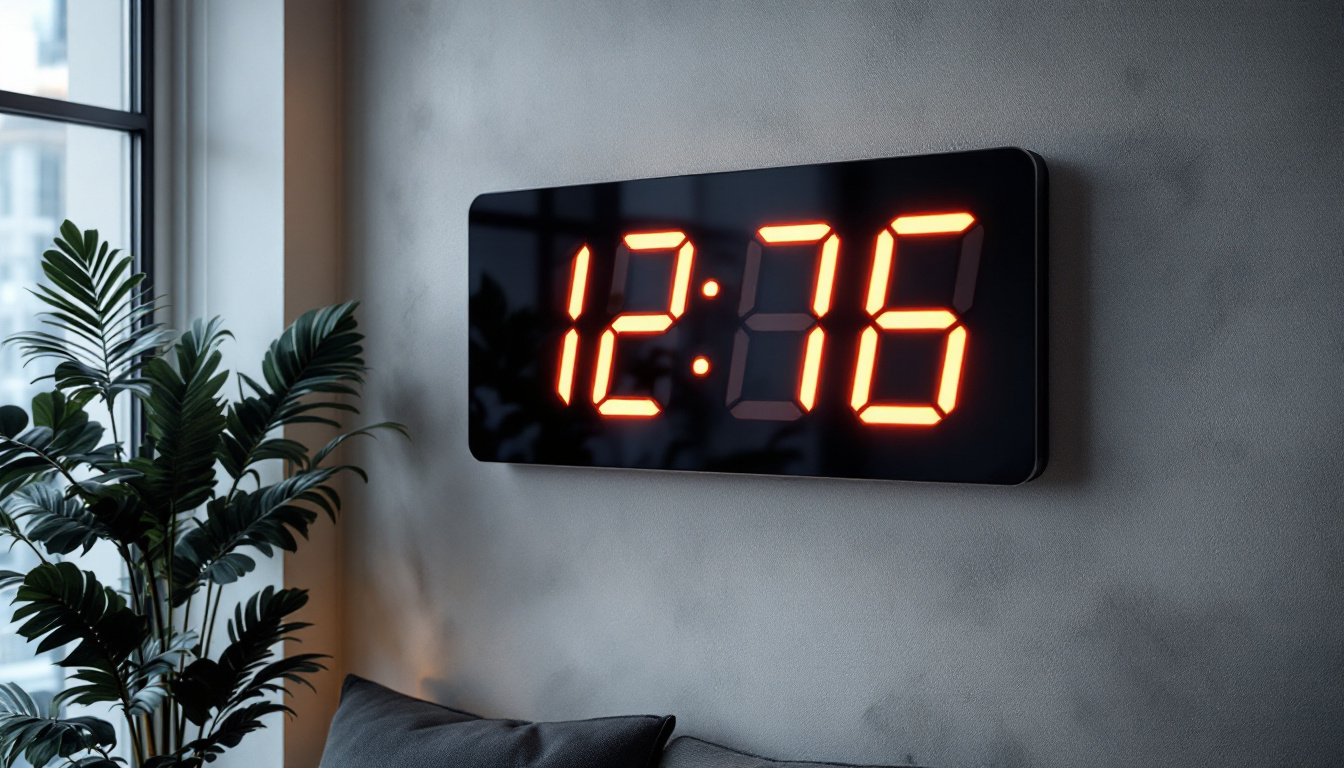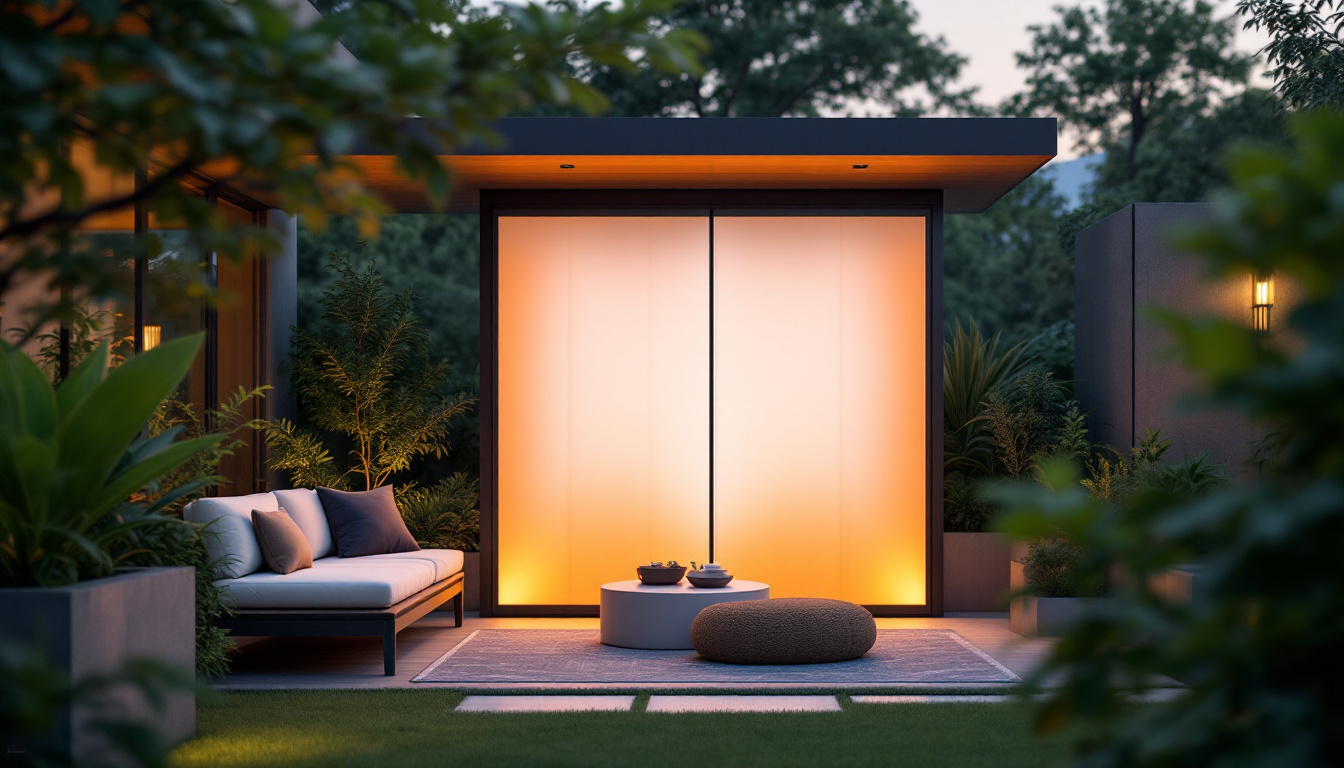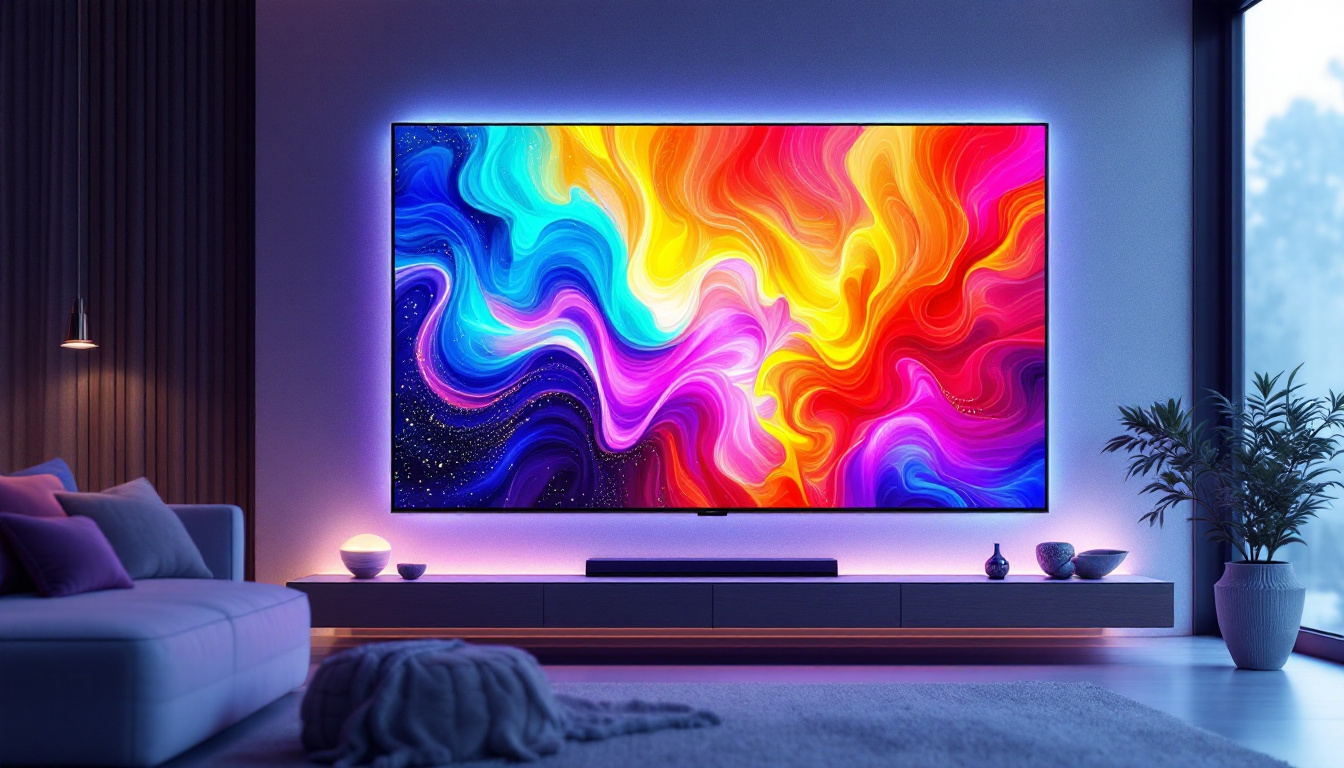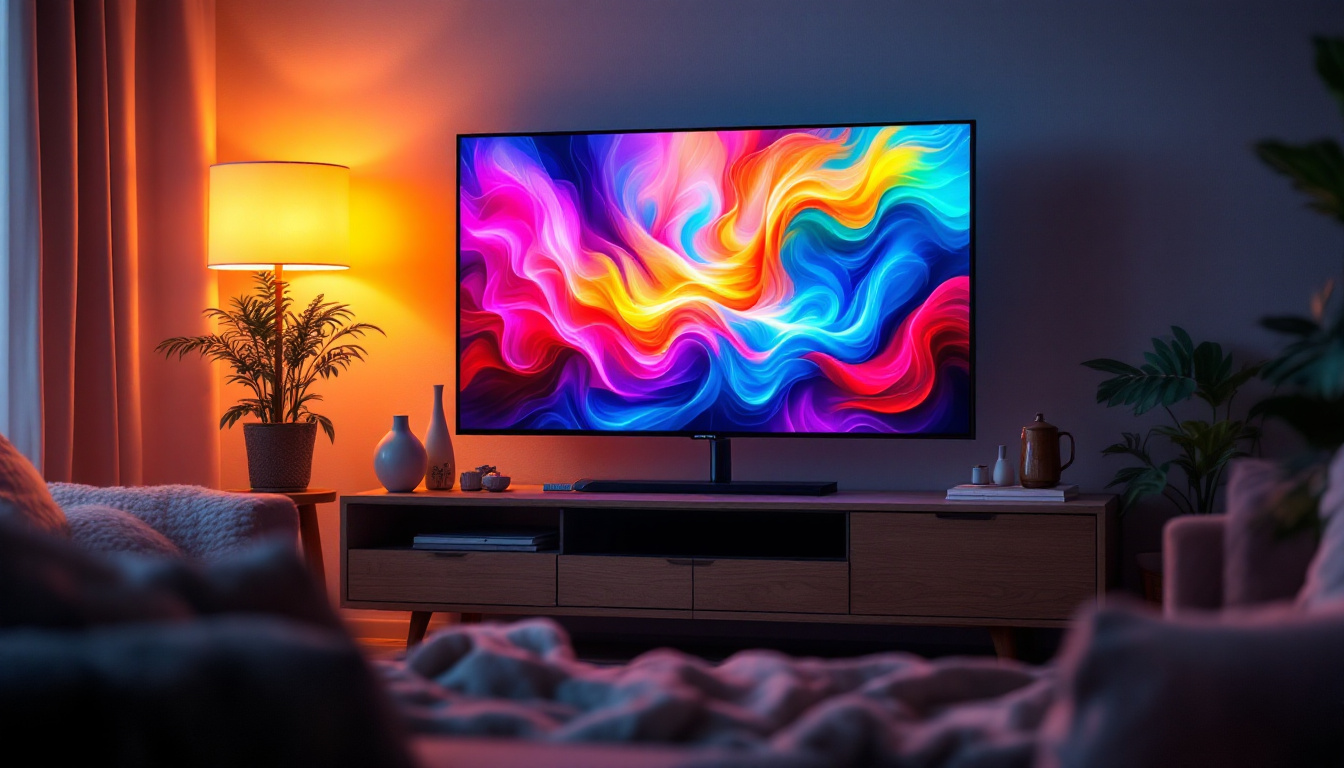Hanging wall cabinets can transform a room, providing both functionality and aesthetic appeal. Whether in a kitchen, bathroom, or living area, the right wall cabinets can enhance storage and organization. This article will guide you through the process of hanging wall cabinets while also explaining how LED displays can be integrated into your design for a modern touch.
Understanding Wall Cabinets
Wall cabinets are versatile storage solutions that can be used in various spaces. They come in different styles, sizes, and materials, making it essential to choose the right ones that fit your needs and decor. Before diving into the installation process, it’s important to understand the types of wall cabinets available.
Types of Wall Cabinets
Wall cabinets can be categorized based on their design and functionality. Common types include:
- Open Shelving: Ideal for displaying decorative items or frequently used kitchenware.
- Closed Cabinets: Provide a clean look and conceal clutter, perfect for storing less attractive items.
- Corner Cabinets: Maximize space in small areas, making them a great choice for tight kitchens or bathrooms.
Each type has its advantages, depending on the intended use and the overall design aesthetic of the room. Consider how you plan to use the cabinets before making a selection. For example, if you love to showcase your collection of vintage dishware, open shelving can serve as both storage and a decorative feature. On the other hand, if you prefer a minimalist look, closed cabinets can help maintain a tidy environment while keeping your essentials out of sight.
Materials and Finishes
Wall cabinets are available in various materials, including wood, metal, and laminate. Wood offers a classic look and durability, while metal can provide a modern, industrial feel. Laminate finishes are often more affordable and come in a wide range of colors and patterns.
When selecting materials, consider the room’s overall design. For instance, a rustic kitchen may benefit from wooden cabinets, while a sleek, contemporary space might be better suited for metal or laminate options. Additionally, the finish of the cabinets can significantly impact the room’s ambiance. A glossy finish can reflect light and create an airy feel, while a matte finish can lend a more subdued and cozy atmosphere. Moreover, think about the maintenance requirements of each material; for instance, wood may require regular polishing to maintain its luster, while laminate can be easier to clean and maintain over time.
Preparing for Installation
Before hanging wall cabinets, proper preparation is crucial. This ensures a smooth installation process and helps avoid common pitfalls. Here are the steps to take before you begin.
Gathering Tools and Materials
Having the right tools on hand can make the installation process much easier. Essential tools include:
- Stud finder
- Level
- Drill and drill bits
- Screwdriver
- Measuring tape
In addition to tools, ensure you have all necessary materials, including wall cabinets, mounting brackets, screws, and any additional hardware required for LED display integration. It’s also beneficial to have a helper available during the installation, as some cabinets can be heavy and unwieldy. Having an extra set of hands can assist in holding the cabinets in place while you secure them to the wall, making the process safer and more efficient.
Measuring and Marking
Accurate measurements are vital for a successful installation. Start by determining the desired height for your cabinets. A common height is 54 inches from the floor, but this can vary based on personal preference and the room’s design. Consider the overall layout of your kitchen or workspace; for instance, if you have a countertop that will be below the cabinets, ensure there is enough clearance for appliances or other items you plan to place on the counter.
Once you have the height, use a pencil to mark the position on the wall. It’s also wise to locate the wall studs using a stud finder, as these will provide the necessary support for the cabinets. After marking the stud locations, draw a level line across the wall at the height of your cabinet base. This line will serve as a guide to ensure that your cabinets are hung evenly. Additionally, take a moment to visualize how the cabinets will fit into the overall aesthetic of the space; consider factors such as color, style, and how they will complement existing decor. This foresight can enhance the final look of your installation.
Installation Process
With preparation complete, it’s time to install the wall cabinets. This section will guide you through the step-by-step process to ensure a secure and level installation.
Mounting the Cabinets
Begin by attaching the mounting brackets to the wall at the marked height. Use a level to ensure they are straight, as this will affect the alignment of the cabinets. Once the brackets are securely fastened to the studs, you can proceed to hang the cabinets.
Lift the cabinet onto the brackets, ensuring it is properly aligned. Depending on the cabinet design, you may need an extra set of hands to assist in holding the cabinet in place while securing it. Use screws to attach the cabinet to the brackets, ensuring it is firmly affixed to the wall. It’s advisable to start with the corner cabinets if applicable, as they often serve as the anchor points for the rest of the installation. This method not only helps in maintaining a consistent height but also provides a reference for aligning the adjacent cabinets.
Ensuring Level and Stability
After mounting the cabinets, it’s essential to check that they are level. Use a level tool to verify this, making adjustments as necessary. If the cabinets are not level, it can lead to issues with doors not closing properly or an uneven appearance. In cases where the wall is uneven, consider using shims to fill gaps and achieve a level surface. This small step can make a significant difference in the overall look and functionality of your cabinetry.
Additionally, ensure that all screws are tightened adequately to provide stability. It’s better to double-check at this stage than to deal with potential issues later on. After securing the cabinets, take a moment to inspect the alignment of the doors and drawers. Adjust the hinges if needed to ensure a seamless operation. Remember, a well-installed cabinet not only enhances the aesthetic of your space but also contributes to the longevity and durability of your storage solutions. Taking the time to ensure everything is perfect now will save you from headaches in the future.
Integrating LED Displays
Incorporating LED displays into wall cabinets can enhance functionality and add a modern flair. This section will explore how to integrate LED lighting effectively.
Choosing the Right LED Lighting
When selecting LED lighting for wall cabinets, consider the purpose of the lighting. Options include:
- Under-Cabinet Lighting: Ideal for illuminating countertops and workspaces.
- Interior Cabinet Lighting: Enhances visibility inside cabinets, especially useful for displaying glassware or decorative items.
- Accent Lighting: Adds a stylish touch, highlighting specific features or decor.
Choosing the right type of LED lighting can significantly impact the overall ambiance of the room. Consider the color temperature and brightness to create the desired effect.
Installation of LED Lighting
Installing LED lighting can be straightforward. For under-cabinet lighting, follow these steps:
- Measure the length of the cabinet to determine how much LED strip you will need.
- Clean the surface where the LED strip will be adhered to ensure proper adhesion.
- Peel off the backing of the LED strip and carefully attach it to the underside of the cabinet.
- Connect the LED strip to a power source, ensuring that all connections are secure.
For interior cabinet lighting, consider using battery-operated LED lights for easy installation without the need for wiring. These lights can be placed on shelves or inside the cabinet to provide illumination when doors are opened.
Final Touches and Considerations
Once the wall cabinets and LED displays are installed, it’s time to add the finishing touches. This can include organizing the contents of the cabinets and ensuring that the lighting is functioning correctly.
Organizing Your Cabinets
Organization is key to maximizing the functionality of wall cabinets. Consider using storage bins, drawer organizers, or shelf risers to keep items neatly arranged. This not only makes it easier to find what you need but also enhances the overall appearance of the cabinets.
When organizing, think about accessibility. Place frequently used items at eye level and less commonly used items on higher shelves. This will make your space more efficient and user-friendly.
Maintaining Your Wall Cabinets
To keep wall cabinets looking their best, regular maintenance is essential. Dust the surfaces and clean them with appropriate cleaning solutions to avoid damage. For wooden cabinets, consider applying a wood polish periodically to maintain their luster.
Additionally, check the LED lighting regularly to ensure all bulbs are functioning. Replacing burnt-out bulbs promptly will keep the area well-lit and visually appealing.
Conclusion
Hanging wall cabinets is a rewarding project that can enhance both the functionality and aesthetics of any room. By understanding the types of cabinets available, preparing adequately, and following a systematic installation process, anyone can achieve a professional-looking result.
Integrating LED displays into wall cabinets adds a modern touch and improves visibility, making them not just practical but also stylish. With the right approach, wall cabinets can become a focal point in your home, offering both storage and design appeal.
Whether you are a DIY enthusiast or a homeowner looking to upgrade your space, the steps outlined in this article will guide you through the process of hanging wall cabinets and incorporating LED displays seamlessly. Enjoy the transformation and functionality that your new wall cabinets will bring!
Illuminate Your Space with LumenMatrix
Ready to take your wall cabinets to the next level? LumenMatrix is at the forefront of LED display technology, providing innovative solutions that bring your interiors to life. From enhancing your brand’s visibility to creating immersive environments, our range of LED display modules—including Indoor and Outdoor LED Wall Displays, Vehicle and Sports Displays, and even Custom and Transparent options—offers something for every need. Elevate your space and captivate your audience with our cutting-edge LED displays. Check out LumenMatrix LED Display Solutions today and transform your visual communication.

